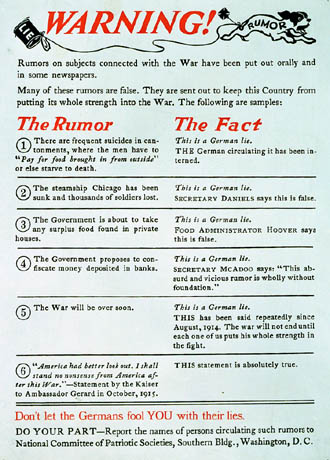 There are several relief websites for Hurricane Katrina but I have selected a website that focuses on the social and economic issues that the hurricane provoked, especially in regards to African-Americans.
There are several relief websites for Hurricane Katrina but I have selected a website that focuses on the social and economic issues that the hurricane provoked, especially in regards to African-Americans.Global Issues highlights how the rich were able to flee from the hurricane but the poor (typically African-American) were unable to, and therefore suffered the worst of its destructive power. Racist undertones and exaggeration courtesy of the media is reflected upon in the website, for example:
- Due to lack of food and water, people began looting shops. The media showed pictures of African-Americans running riot, giving them a negative impression and a sense that they lose control when the system breaks down.
- Media and political commentators remarked that if white people in such a situation, the situation would not have deteriorated so much.
- Even though it was never verified, there were claims of babies being raped.
By reinforcing stereotypes of African-American behaviour through exaggerating reports of looting and social anarchy, the Hurricane Katrina disaster has sparked renewal of the "race or class" debate as it ultimately determined the fate of the African-American poor.















